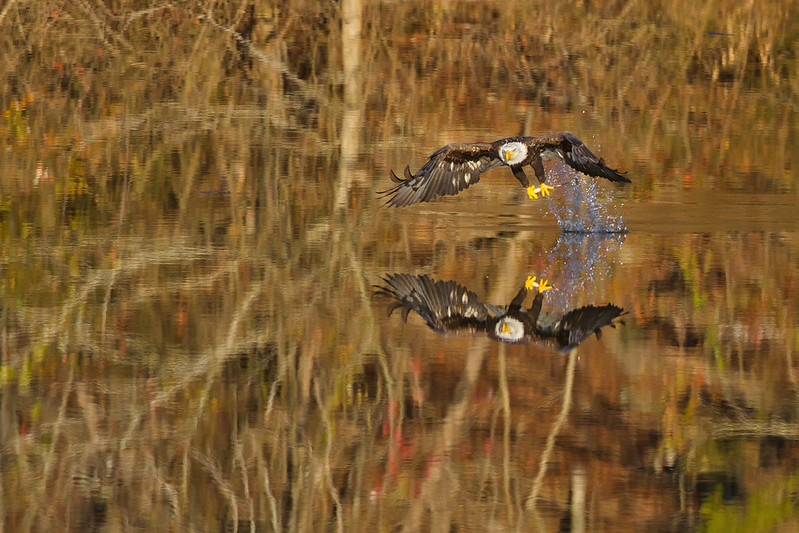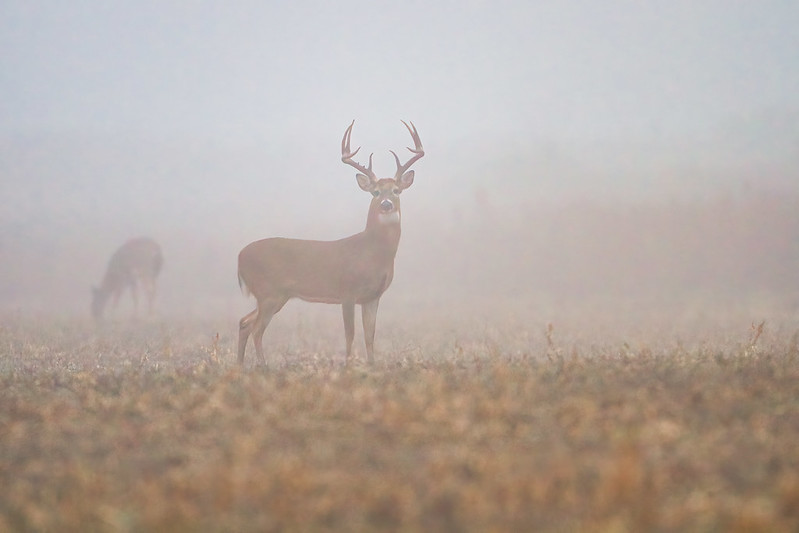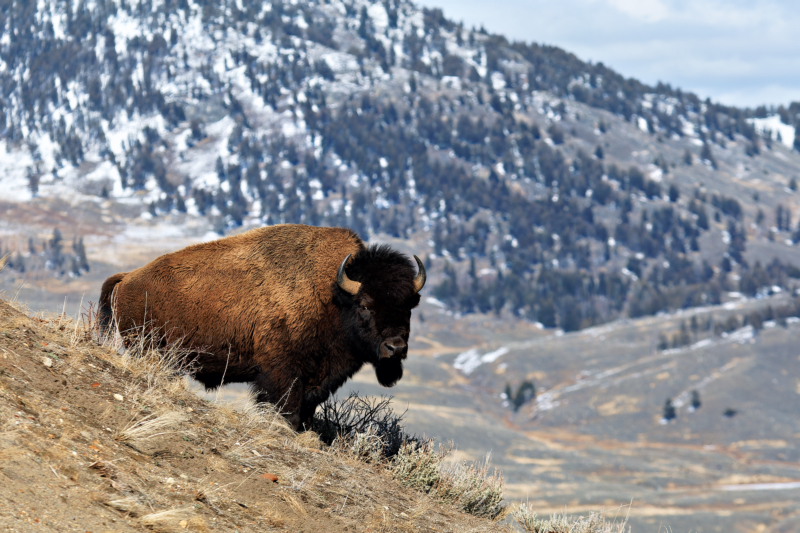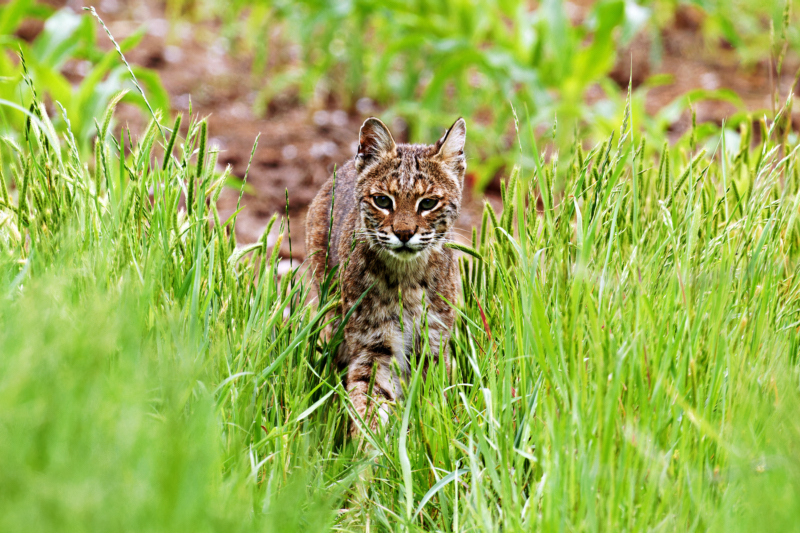Wildlife photography is more than just capturing an animal in the frame, it’s about telling a story through composition. By thoughtfully integrating natural elements like trees, water, rocks, and foliage, you can create more engaging, immersive, and visually compelling images. Let’s explore how to use the environment to enhance your wildlife shots.

1. Framing Wildlife with Natural Elements
Utilizing natural objects such as branches, leaves, or tall grasses as a frame can focus attention on your subject while adding depth and intimacy to your composition.
- Identify foreground elements that naturally frame your subject.
- Use partial obstructions, like blurred foliage, to create a sense of intrigue.
- Experiment with different angles to achieve the most aesthetically pleasing framing.

2. Using Natural Leading Lines in Wildlife Photography
Nature offers organic leading lines, such as winding rivers, fallen logs, or curving animal trails, that guide the viewer’s eye through the frame, adding movement and structure.
- Position your subject at the end of a leading line to naturally draw attention.
- Utilize diagonal lines for a dynamic composition and horizontal lines for stability.

3. Capturing Reflections in Wildlife Photography for Symmetry and Mood
Water surfaces provide an excellent opportunity for reflections, adding balance and symmetry to your composition. Whether capturing an animal drinking from a pond or a bird silhouetted against a mirrored sunset, reflections enhance visual interest. For more insights on capturing stunning bird reflections, check out this guide.
- Seek out still water for sharp, mirror-like reflections.
- Use ripples creatively to introduce a painterly effect.
- Capture reflections during golden hour for warm, glowing tones.

4. Using Weather Elements in Wildlife Photography for Drama and Atmosphere
Weather conditions like mist, rain, and snow can transform an ordinary wildlife scene into something extraordinary by adding mood and drama.
- Shoot on foggy mornings to introduce depth and a mysterious ambiance.
- Use backlighting with rain or snow to highlight individual droplets for an ethereal effect.
- Capture wind-swept landscapes to create dynamic, storytelling compositions.

5. Leveraging Negative Space in Wildlife Photography
Minimalist compositions can be incredibly impactful, emphasizing the solitude and scale of an animal within its environment.
- Position your subject off-center to create balance.
- Utilize vast open spaces like plains, deserts, or snowy fields to emphasize isolation.
- Let the environment breathe, allowing simplicity to make a strong statement.

6. Showcasing Wildlife Camouflage in Natural Environments
Highlighting how animals naturally camouflage within their surroundings can produce striking images that showcase the harmony between wildlife and nature.
- Shoot through grass or branches to create layered depth.
- Use soft, muted tones to emphasize an animal’s natural camouflage.
- Look for textures that merge the subject seamlessly with its environment.

Final Thoughts
By thoughtfully incorporating natural elements, wildlife photography moves beyond simple documentation to become a compelling visual narrative. Techniques such as framing, leading lines, reflections, weather elements, negative space, and camouflage all contribute to more artistic and impactful compositions.
Next Up: Mastering Depth of Field for Stunning Wildlife Portraits. Stay tuned!


Very good post.
The examples given for each case are very enlightening.
good article